Pololu Basic SPDT Relay Carrier with 5VDC Relay (Assembled)
In stock, ships same business day if ordered before 2PM
Fastest delivery: Tomorrow*
Disclaimer:
For next-day delivery, the shipping address must
be in the AusPost next-day network, eParcel Express must be selected, and the order must be placed
before 2PM AEST Mon-Thurs excluding NSW Public Holidays. Orders may be delayed due to AusPost
pickup timings and order verifications. eParcel Express is typically a 1-day service within the
AusPost next-day network, though it is sometimes 2+ days.
Quantity Discounts:
- 10+ $13.92 (exc GST)
- 25+ $13.48 (exc GST)
The Pololu basic relay carrier modules make it easy to control a single-pole, double-throw (SPDT) switch from low-voltage, low-current control signals. The modules are available with 5 V and 12 V power relays—Omron G5LE-14-DC5 and G5LE-14-DC12 (1MB pdf), respectively—and they are available pre-soldered or as partial kits that allow greater application flexibility:
The carrier board is available without the relay or connectors for those preferring to use their own relays that have the common “sugar cube” pinout and footprint, and Pololu also offer several dual-relay carrier modules.
The carrier board routes the three relay control pins to 0.1"-spaced pins compatible with standard solderless breadboards and female servo cable connectors. The assembled version of this board has a 0.1" straight male header soldered to these pins while the partial kit version includes 8×1 straight and right angle 0.1" male header strips that can optionally be broken into 3×1 pieces and soldered in. The relay switch pins are routed to a set of large pads intended for use with a 3-pin 5mm-pitch terminal block and a set of smaller pads with a 0.2" pitch, making them compatible with 0.1" perfboards. The assembled version of this board has a terminal block soldered to these pins while the partial kit version includes a 3-pin terminal block that can be optionally soldered in. The carrier board has four mounting holes that work with #2 or M2 screws.
Advantages over similar products
- Compact layout
- Two LEDs to indicate coil actuation
- Zener diode for fast current decay on relay coil
- Specification of electrical routing clearance rules on relay switch nodes
Using the relay module
The switch portion of the relay is accessible on one side of the board while the control pins are routed to the other. The relay coil is powered by supplying the appropriate coil voltage for your specific relay across the VDD and GND pins, and it is activated by a digital high control signal on the EN pin. The control signal is fed directly to a BSS138 N-channel MOSFET, which in turn actuates the relay coil when the control voltage exceeds approximately 2.5 V, up to a maximum of 20 V (see BSS138 datasheet (92k pdf) for details).
The relay switch terminals COM (common), NO (normally open), and NC (normally closed) are routed on the PCB with a minimum clearance of 60 mils (1.5 mm) from other copper. The copper traces are designed to be at least 45 mil (1.1 mm) from the board edges, though manufacturing variations in the board edges can make those distances slightly lower.
In most applications, the current and voltage ratings for the module will match the ratings of the relay used. Maximum current, maximum voltage, and life expectancy are interdependent; Pololu therefore recommend careful examination of your relay’s datasheet.
Warning: This product is not designed to or certified for any particular high-voltage safety standard. Working with voltages above 30 V can be extremely dangerous and should only be attempted by qualified individuals with appropriate equipment and protective gear.
Schematic diagram
This schematic is also available as a downloadable pdf (131k pdf).
Dimensions
| Size: | 1" × 1.2" × 0.9" |
|---|---|
| Weight: | 16 g |
General specifications
| Voltage: | 5 V |
|---|---|
| Partial kit?: | N |
Identifying markings
| PCB dev codes: | rly01a |
|---|---|
| Other PCB markings: | 0J7111, 0J7194 |
File downloads
-
Pololu basic SPDT relay carrier schematic diagram (131k pdf)
Printable schematic diagram for the Pololu basic SPDT relay carrier.
-
BSS138 N-channel MOSFET datasheet (92k pdf)
-
Dimension diagram of the Pololu Basic SPDT Relay Carrier with DC Relay (412k pdf)
-
3D model of the Pololu Basic SPDT Relay Carrier with DC Relay (4MB step)
-
Basic SPDT Relay Carrier for “Sugar Cube” Relays drill guide (28k dxf)
This DXF drawing shows the locations of all of the board’s holes.
Exact shipping can be calculated on the view cart page (no login required).
Products that weigh more than 0.5 KG may cost more than what's shown (for example, test equipment, machines, >500mL liquids, etc).
We deliver Australia-wide with these options (depends on the final destination - you can get a quote on the view cart page):
- $3+ for Stamped Mail (typically 10+ business days, not tracked, only available on selected small items)
- $7+ for Standard Post (typically 6+ business days, tracked)
- $11+ for Express Post (typically 2+ business days, tracked)
- Pickup - Free! Only available to customers who live in the Newcastle region (must order online and only pickup after we email to notify you the order is ready). Orders placed after 2PM may not be ready until the following business day.
Non-metro addresses in WA, NT, SA & TAS can take 2+ days in addition to the above information.
Some batteries (such as LiPo) can't be shipped by Air. During checkout, Express Post and International Methods will not be an option if you have that type of battery in your shopping cart.
International Orders - the following rates are for New Zealand and will vary for other countries:
- $12+ for Pack and Track (3+ days, tracked)
- $16+ for Express International (2-5 days, tracked)
If you order lots of gear, the postage amount will increase based on the weight of your order.
Our physical address (here's a PDF which includes other key business details):
40 Aruma Place
Cardiff
NSW, 2285
Australia
Take a look at our customer service page if you have other questions such as "do we do purchase orders" (yes!) or "are prices GST inclusive" (yes they are!). We're here to help - get in touch with us to talk shop.
Have a product question? We're here to help!
Videos
View AllGuides
Getting Started With Relays | Examples with Raspberry Pi Pico
How to use a PiRelay HAT for Raspberry Pi - Multiple Relay Control with Voice or GUI
The Maker Revolution
Relay Operation and the Arduino Uno
Projects
Smart Home Makeover with HomeAssistant
Simple Relay Timer
Makers love reviews as much as you do, please follow this link to review the products you have purchased.

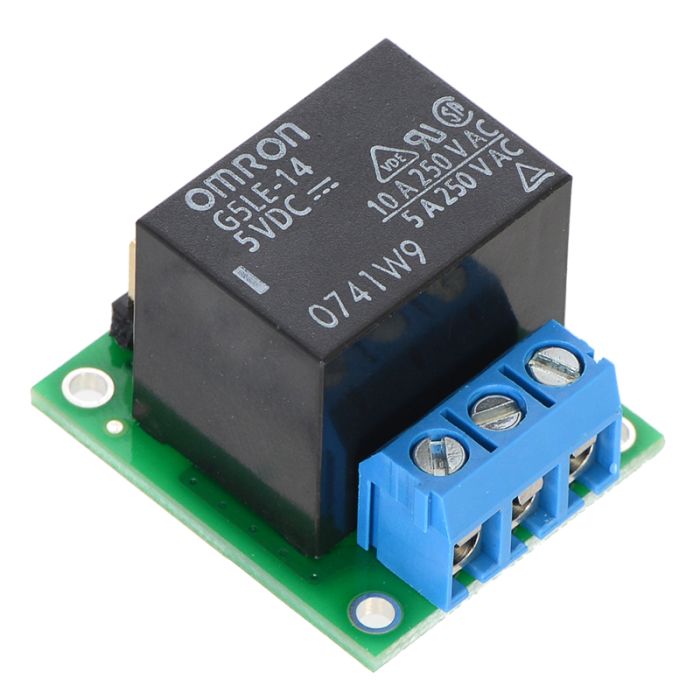


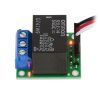

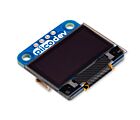






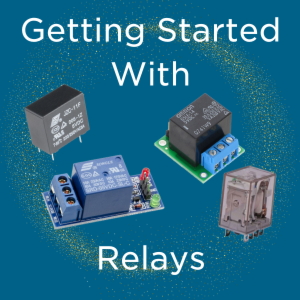



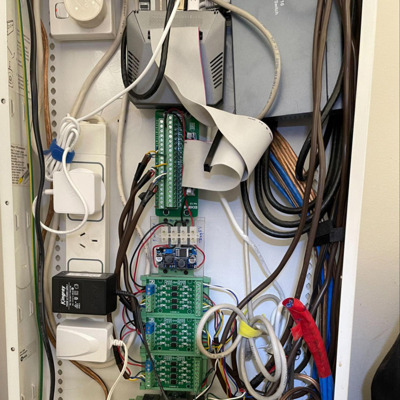


Product Comments